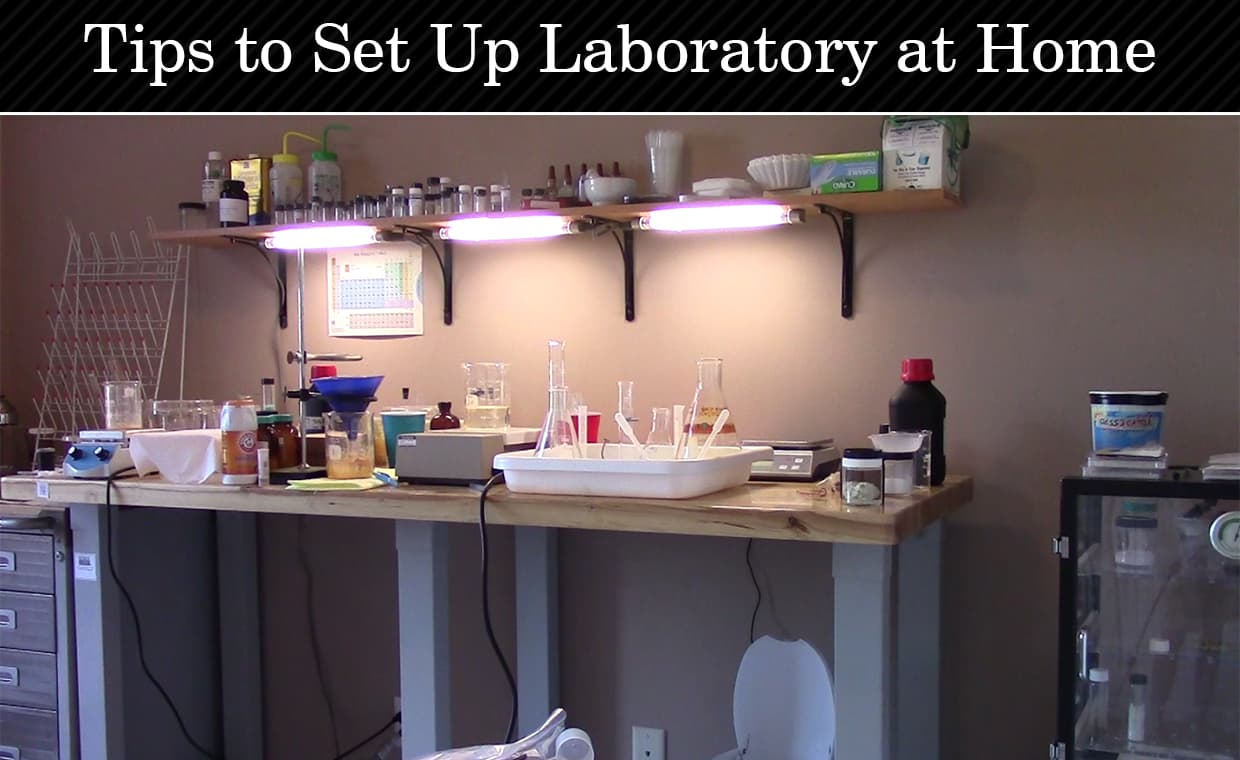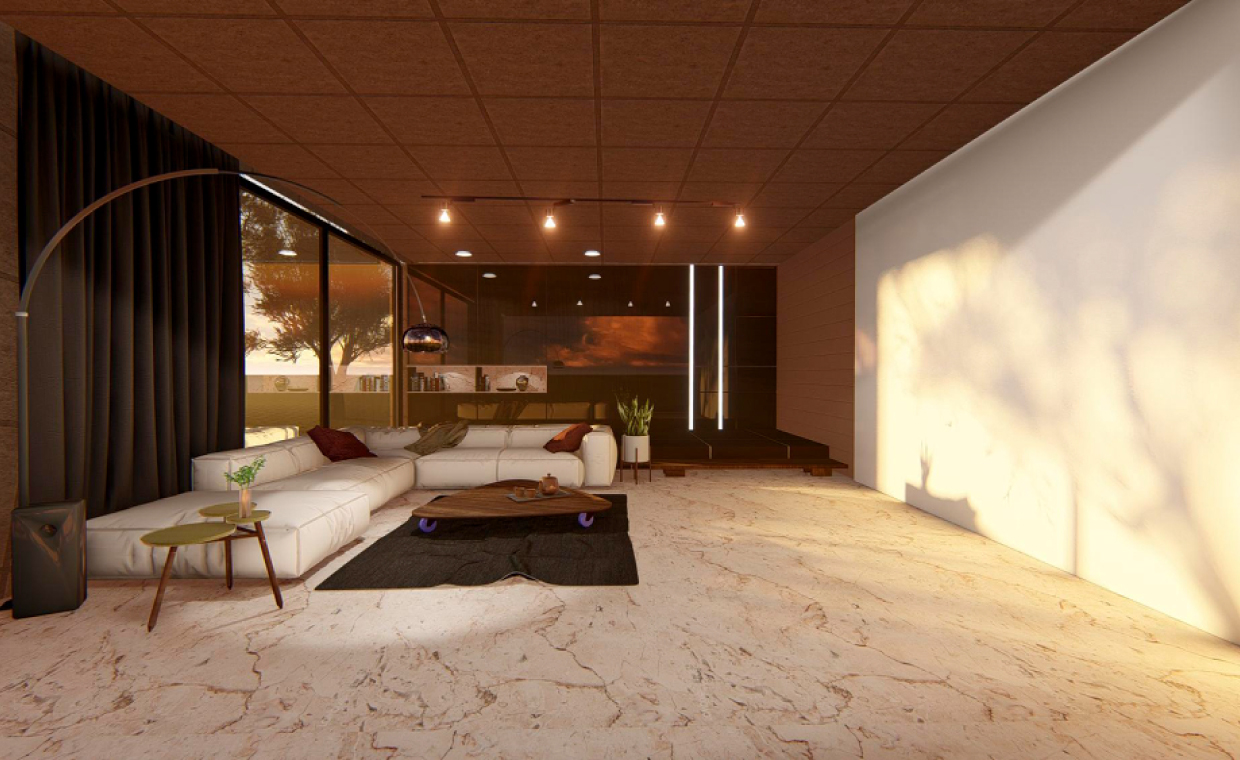
If you really love science, you probably dream about having a laboratory in your own home where you can work on your experiments – and that’s actually quite easily done. Make some plans and check the safety levels and you’ll soon be able to create your very own home lab in your garage, a spare room, etc. Here, we have tried to explain how you can make laboratory at home.
Where Can You Create the Home Lab?
Naturally, when doing this research, you have to consider which type of science you wish to explore more since a biology fan will have different needs compared to that of a chemist.
Theoretically, you can start experimenting just about anywhere in your house, but when it comes to actually doing it, it’s not that simple. Every laboratory needs to fulfill some demands that will allow you to experiment freely so the kitchen would not be the best place to install your lab because of the vapors, the changing temperatures, the humidity, etc.
In case you live with other people, of course, you have to let them know in case you may experiment with some substances that are toxic and shouldn’t be messed with. You really don’t want to be disturbed in those cases! Keep in mind other things like access to water and to electrical power, the level of ventilation, etc.
Working in labs involved chemical, Before you start working with chemical always think for ventilation of that particular room, Read for more on
Some good locations you could use for your very own home lab include the garage, a shed, a second bathroom or even outside if the weather permits it. To let others know not to touch your stuff (especially the toxic ones) you can leave labels and instructions for them or have a special locked space in which those substances are placed, particularly away from children.
What Chemicals will You be Using in Home Lab?

Courtesy - Owner - André Künzelmann
If you plan to start the home lab, you have to think if you’re going to work with safe chemicals only or are you going to include dangerous and hazardous ones as well? Even if you work with substances you can find around the house, a common product like bleach can have nasty effects so you need to think about that.
Of course, just because it’s a home lab doesn’t mean you don’t have to follow the general rules. It’s better to simply stay away from anything that is remotely explosive and think again before starting to use heavy metals and corrosive chemicals if you’re not already a bit of an expert in this field.
Apart from chemical which are used in laboratory, we have also listed chemical which are used in construction.
Where to Store the Chemicals in Home Lab?

Your chemistry lab can include only chemicals you find usually in a household or substances and items you have to buy especially for this. You can place them in a garage if they are volatile or highly flammable so people won’t create any accidents by spilling them if they aren’t paying attention.
For cleaners and corrosive chemicals, you can put them in a storage closet or under the sink – basically, any place where you’d put your household items usually and as far away from the kids as possible. The kitchen chemicals aka the ones used in cooking are less dangerous but they should have their own place anyway.
In case you decide to work with chemicals that are more typical of a classic chemistry laboratory than of a household, you should invest in a chemical storage cabinet and to follow the recommendations that come with all of the chemicals you bought.
Keep in mind that some chemicals shouldn’t ever be stored closed to each other, while oxidizers and acids need a special type of storage unit. It sounds a bit complicated, but it’s really not hard to follow these steps for your very own home laboratory.
Separate the House & the Lab
For the equipment, like a benchtop microcentrifuge, you can order many of the things you’d need online or from a company that specializes in scientific supplies for the public. Some of the experiments you’ll make, especially when you are at the beginning, can be done just with household items like spoons, jars of glass and coffee filters.
Even if the chemicals you’re using are deemed safe for house use, they can become toxic if used in a big quantity and you have no ventilation or if you combine them. Others are simply risky from the get-go, like anything that has mercury in it.
Because of this, it is recommended that you’ll have different cookware, silverware, glassware, etc., for your experiments and for the ones you’re using when cooking and eating. It helps a great deal if the two sets look nothing alike so there is no risk in ever confusing them.
When cleaning the experiments, be careful at what you throw down the drain or what sponger and paper towels you use. Keeping all of these things in mind will assure the success of your home lab and will make it risk-free for everybody involved.
Image Courtesy: Image 1

































